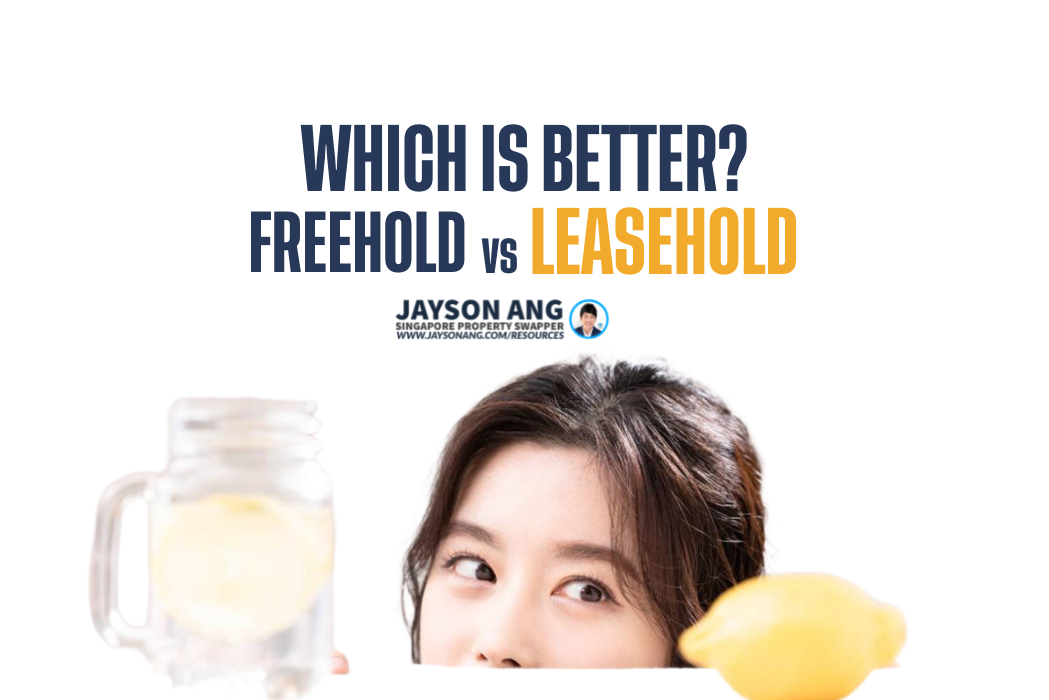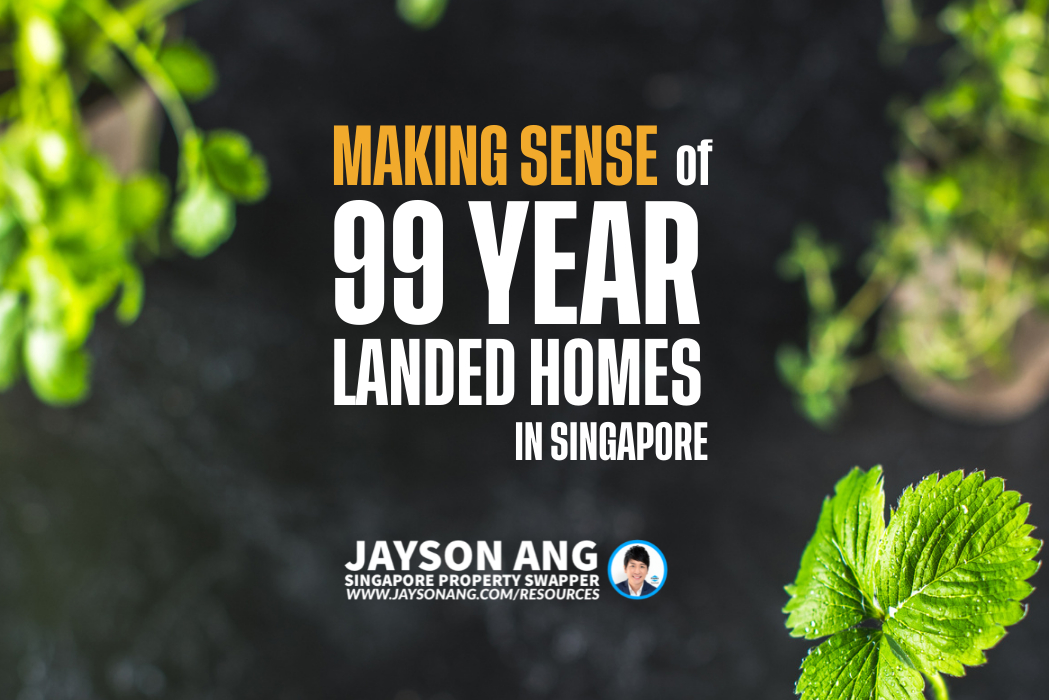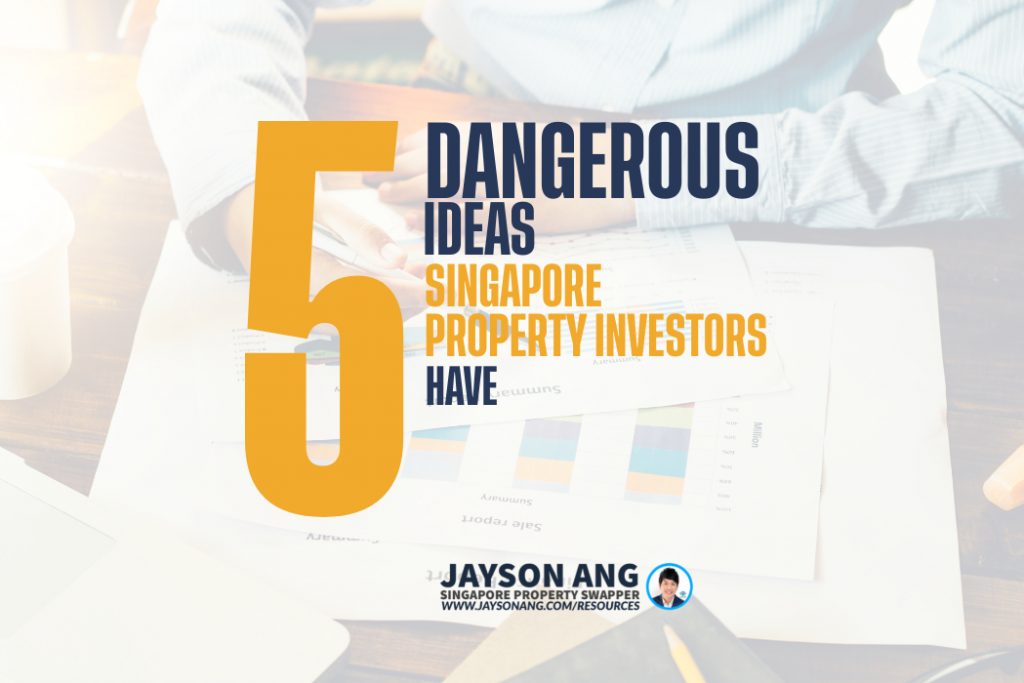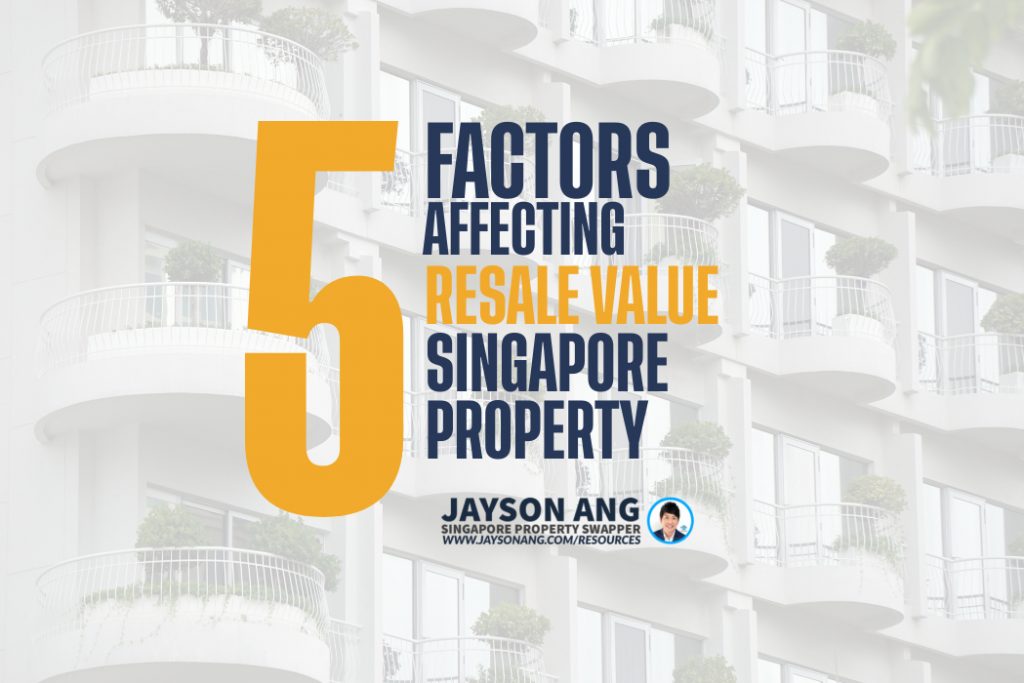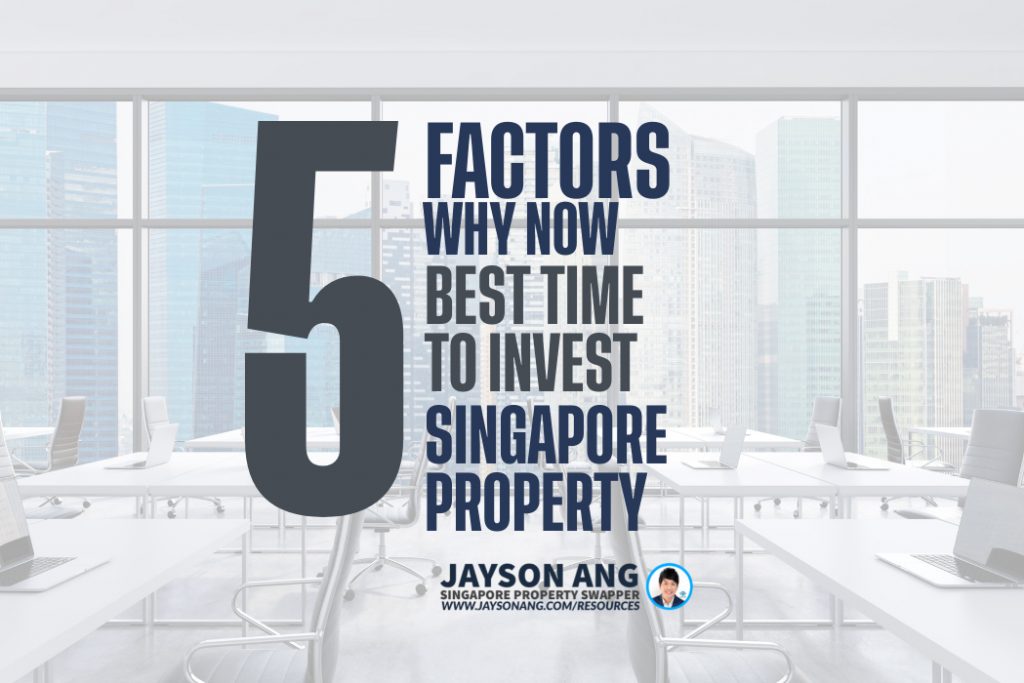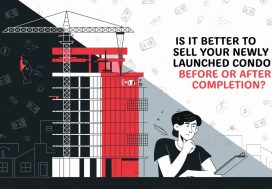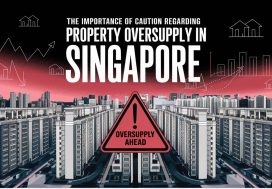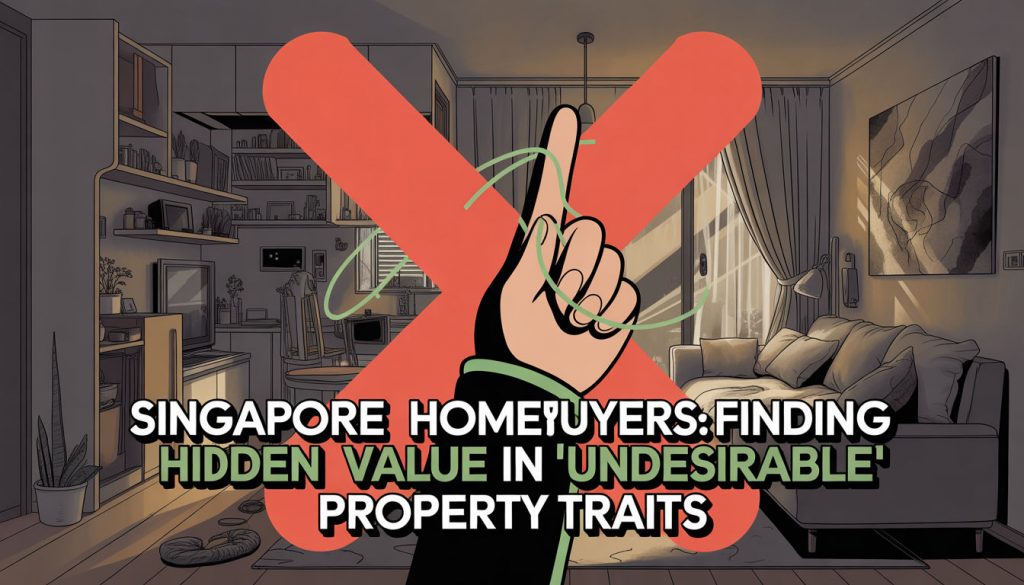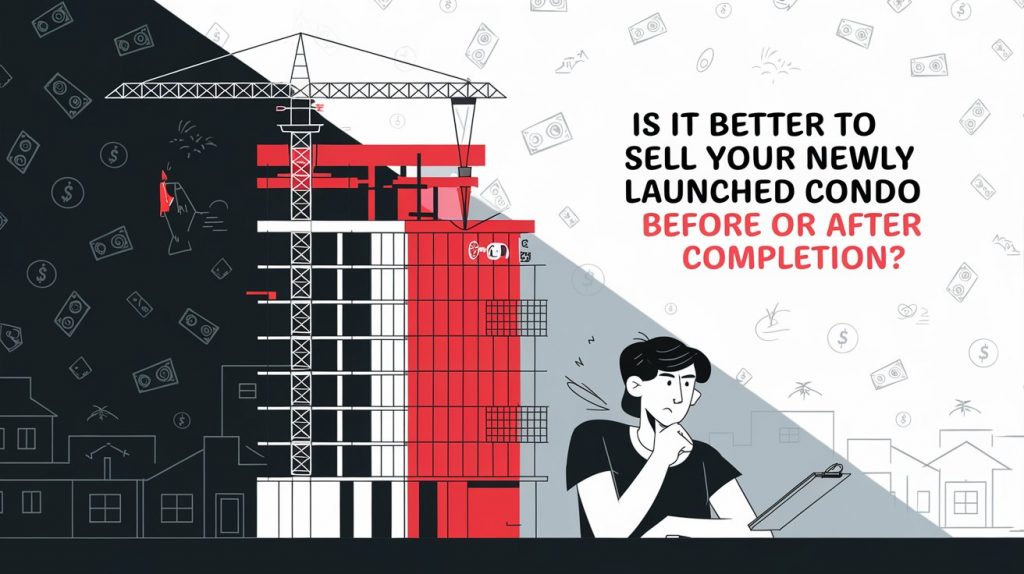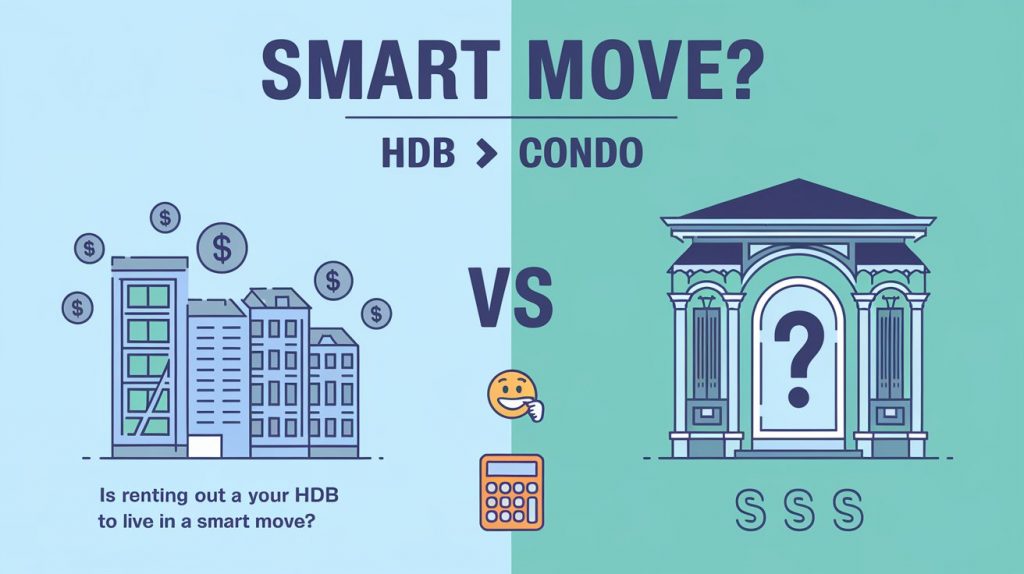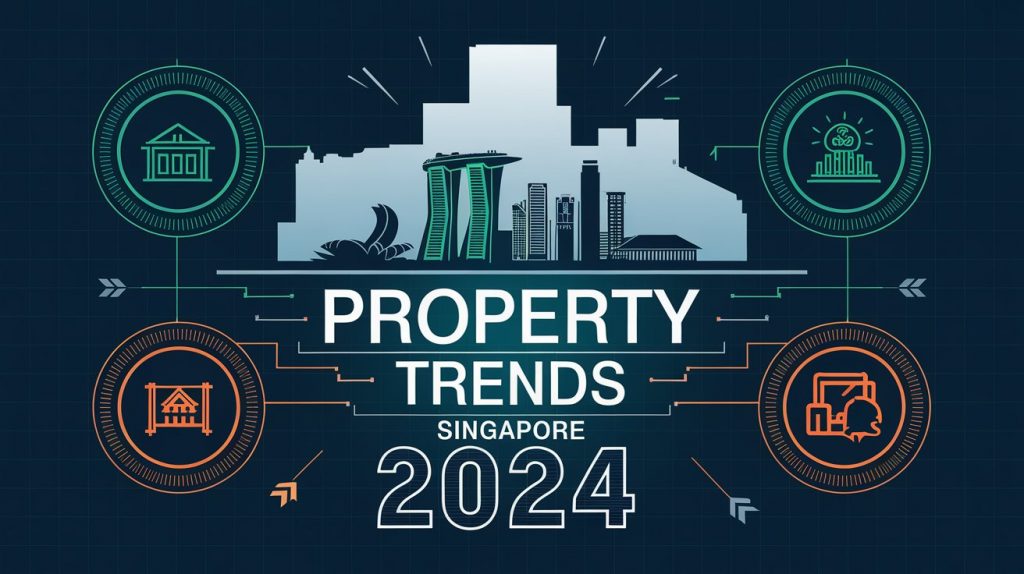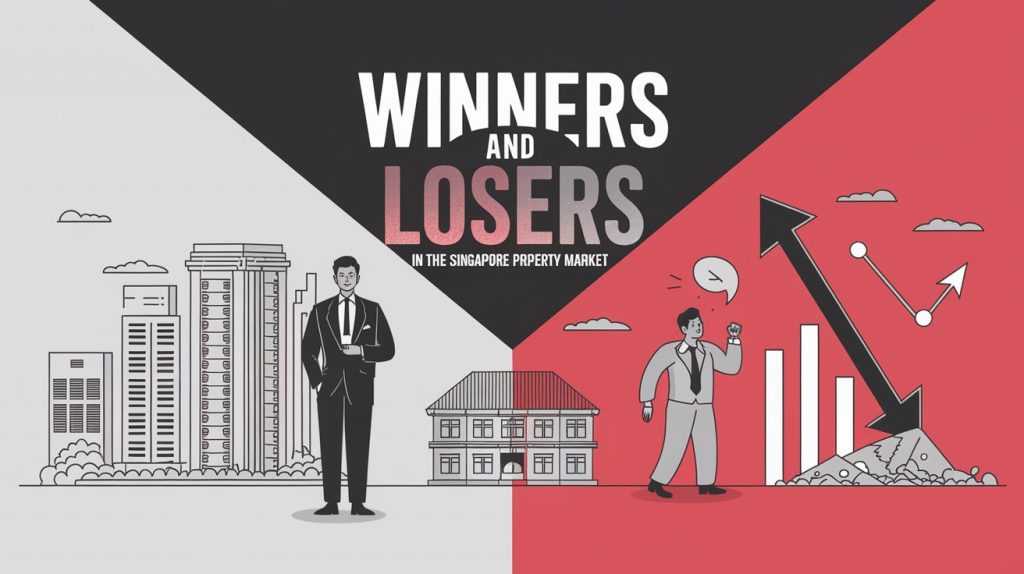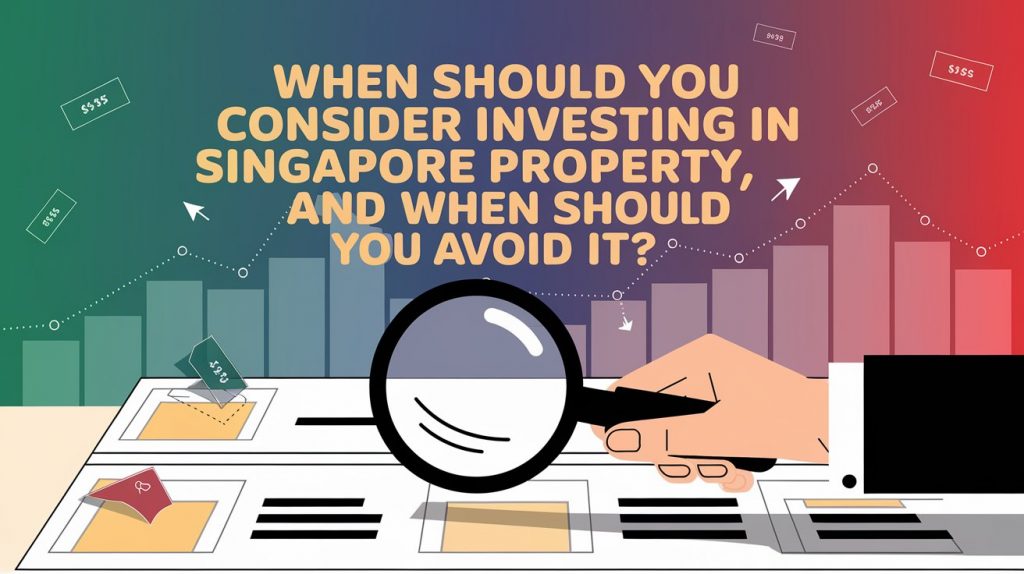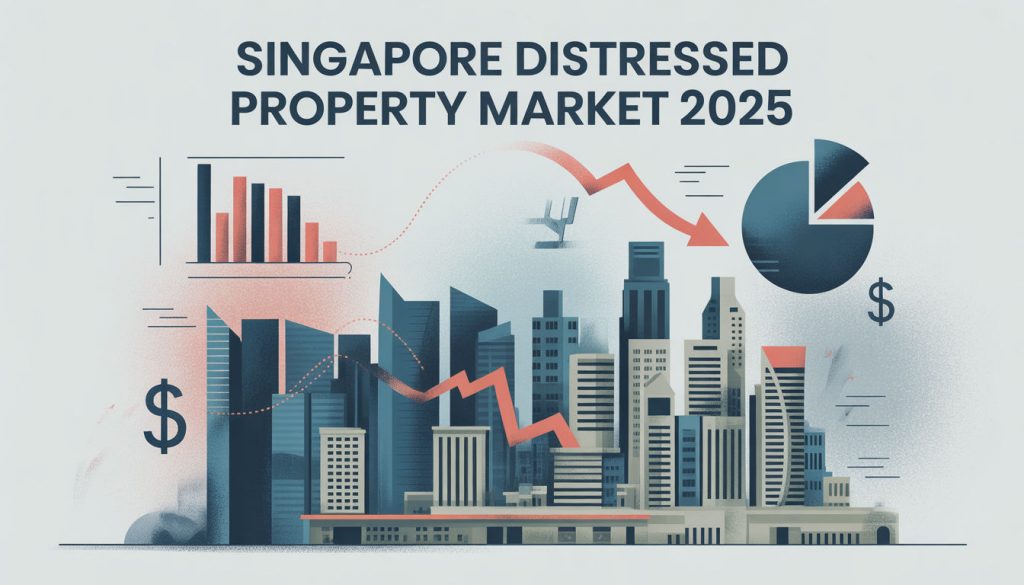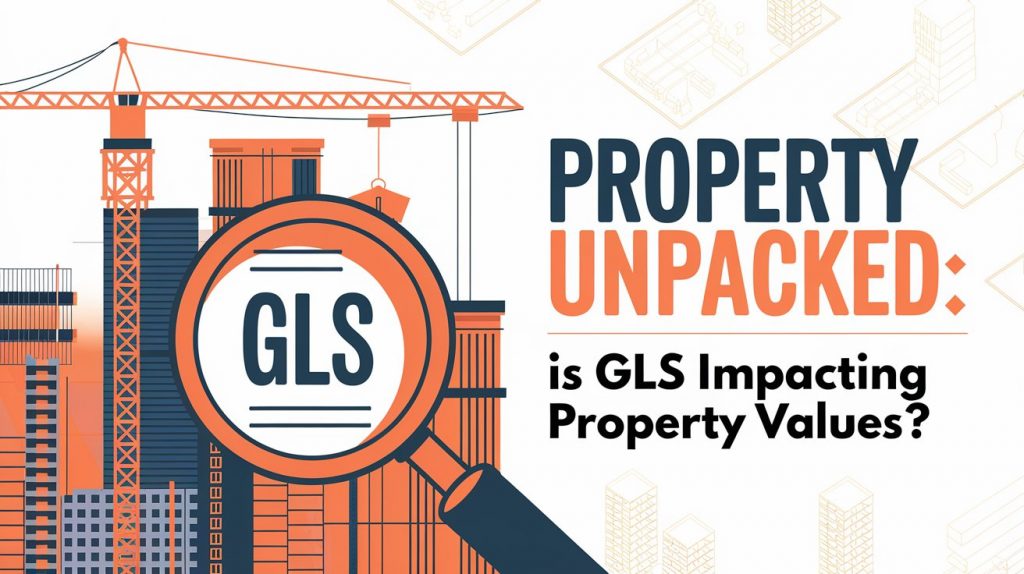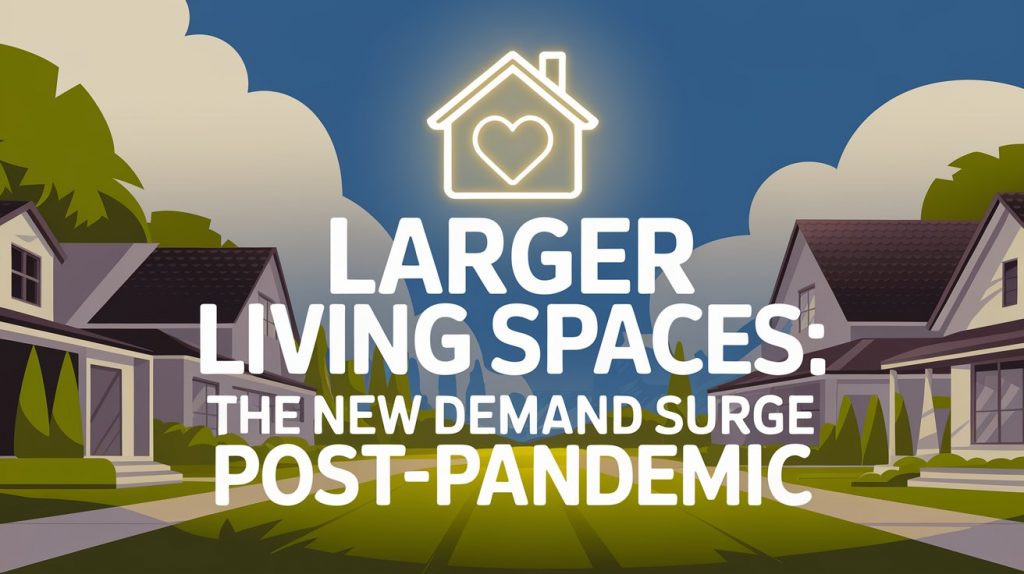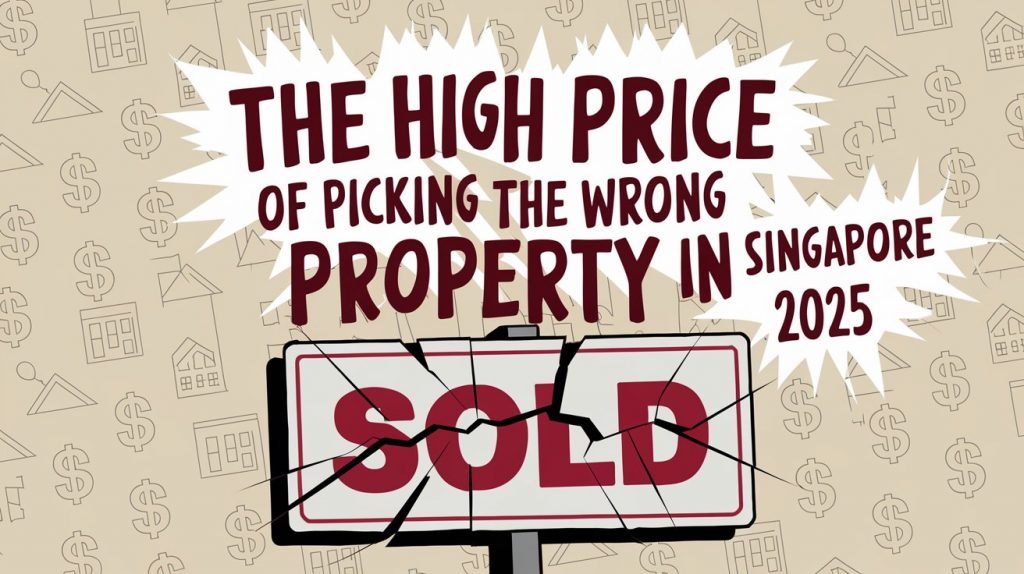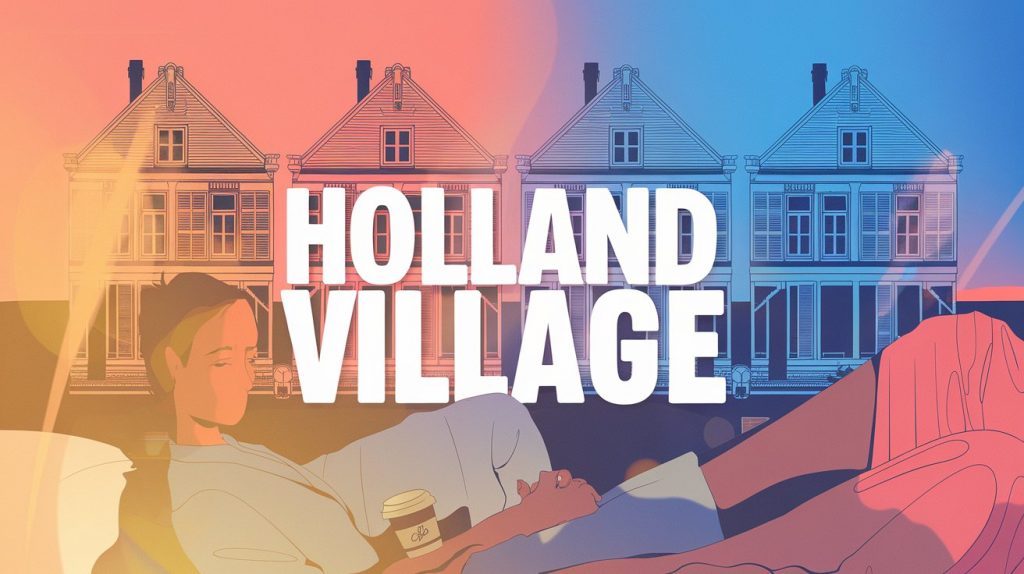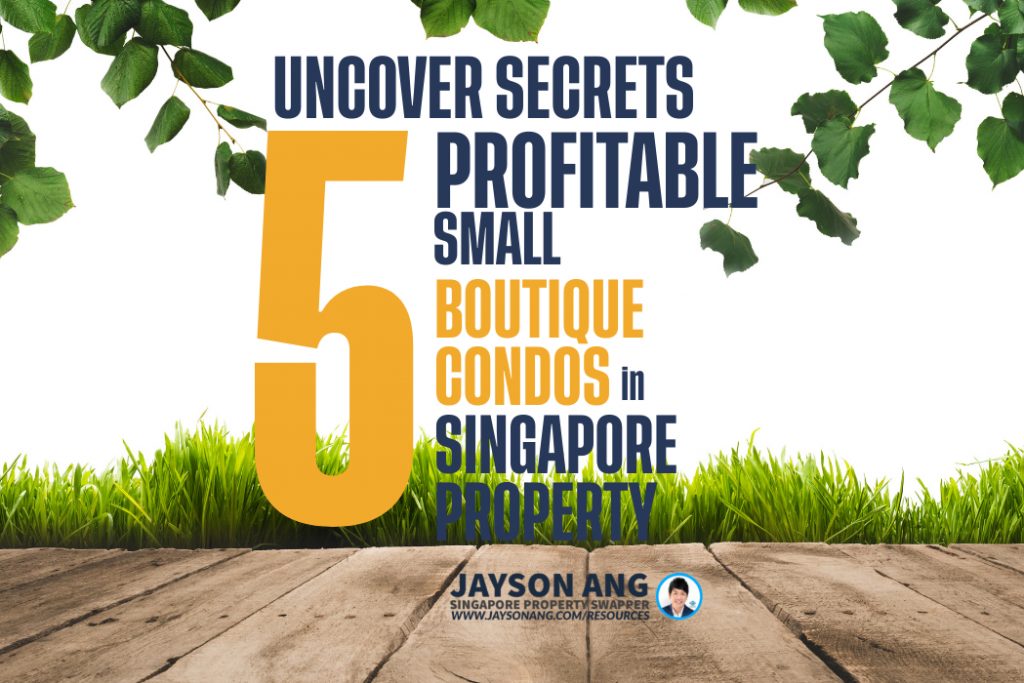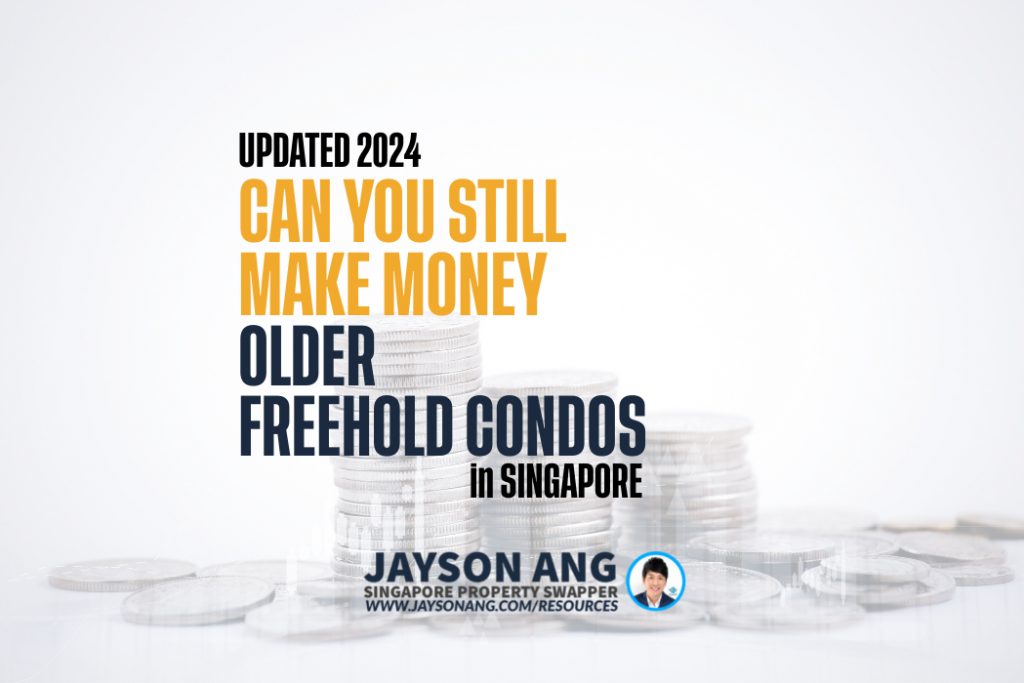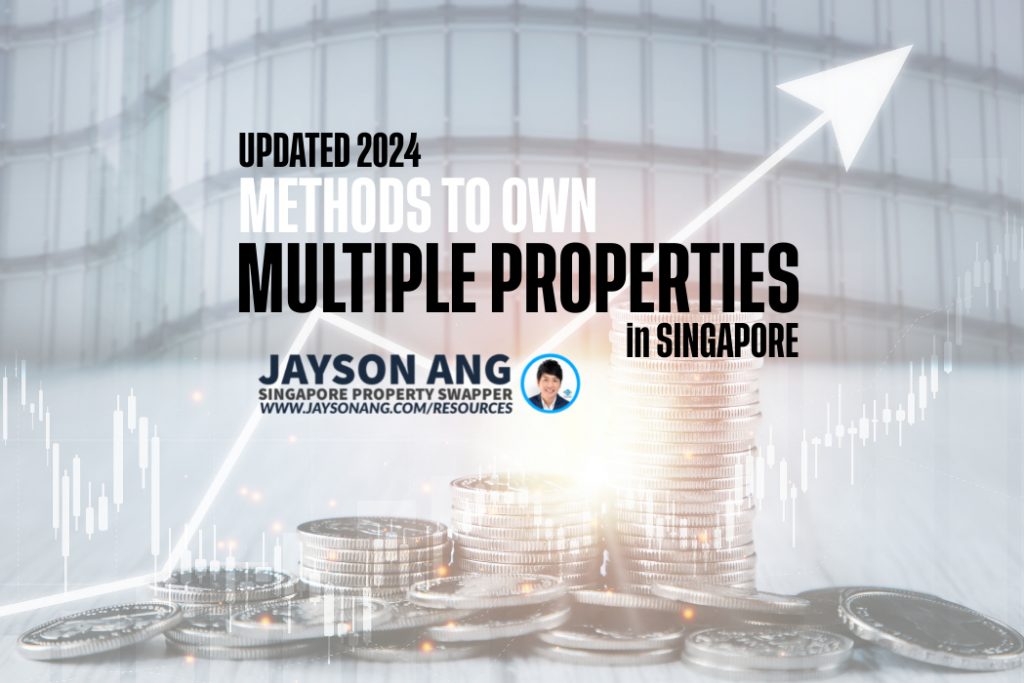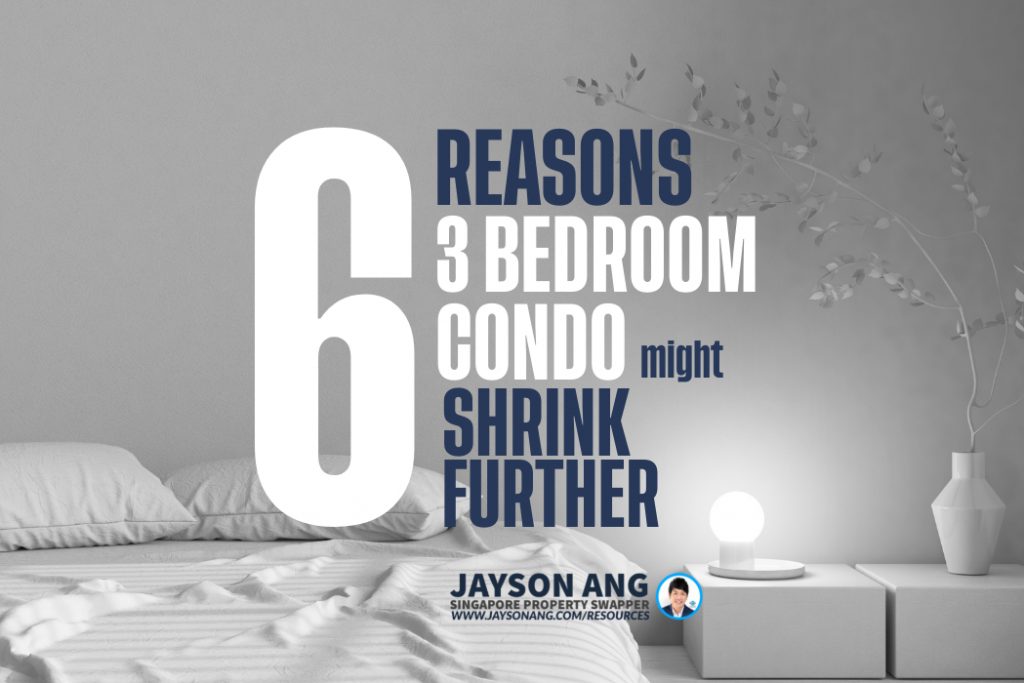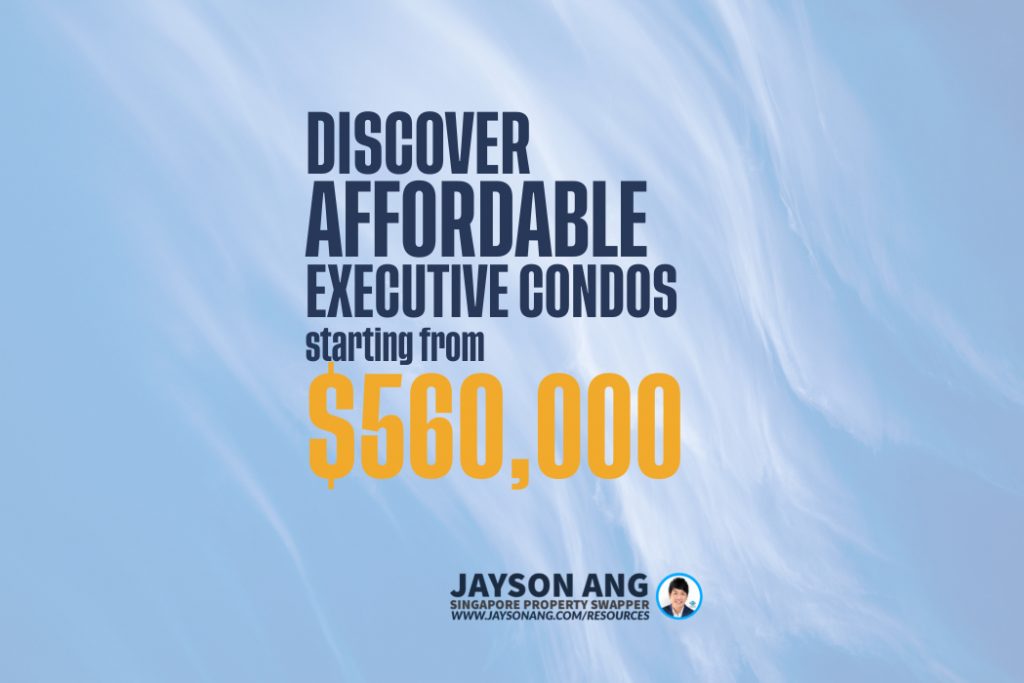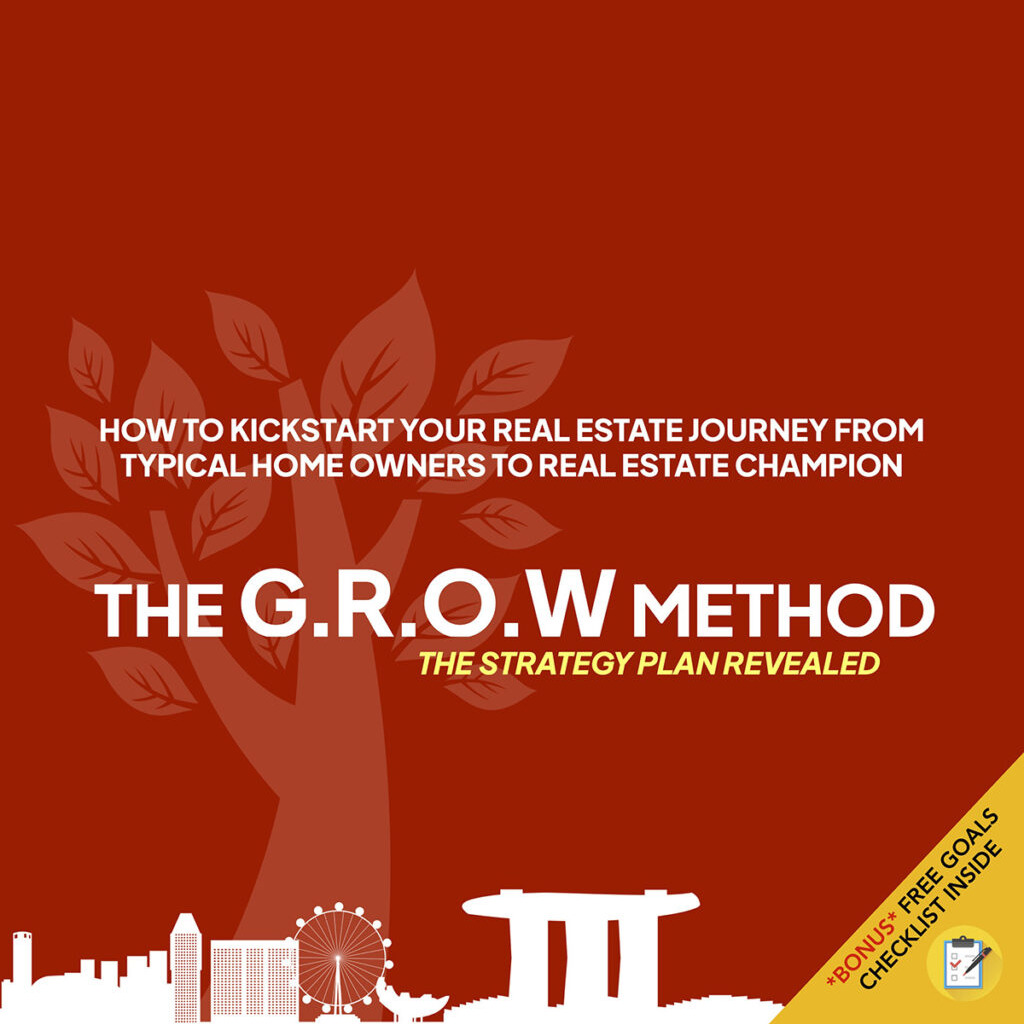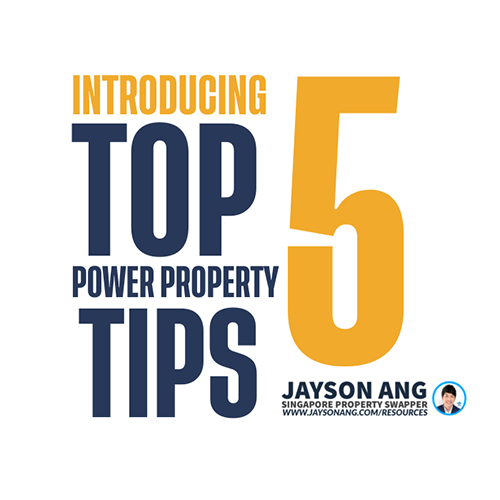TLDR
When it comes to understanding the fluctuations in land prices in Singapore, historical patterns reveal significant spikes and dips due to various economic crises and market influences. The year 2017 marked a pivotal surge in land prices, surpassing $1,000 per square foot for the first time. Factors such as government policies, en-bloc sales, and global economic conditions play a crucial role in shaping property prices. Looking ahead, the en-bloc market’s trajectory remains uncertain, impacting the pricing of new launches and resale properties. Developers often maintain high new launch prices, influenced not only by land costs but also by established market rates and buyer demand. Ultimately, the decision to buy or sell property depends on individual circumstances, market trends, and strategic real estate advice tailored to meet specific goals.
A significant factor that developers often point out for the high cost of newly launched properties pertains to the steep land prices. For a more in-depth understanding, feel free to check out our detailed article here. But we’ve noticed a recurrent query from many individuals – it seems like this ‘land price’ explanation is repeated annually. Indeed, it’s tough to recall a time when developers weren’t grumbling about escalating land prices. Hence, we thought it would be interesting to delve into the historical pattern of rising land prices.
Land Price Trends in Singapore: A Closer Look
Here’s a snapshot of average land prices from ’92 onwards. There are three significant bumps to note:
First up, there’s a hefty increase around ’96. This happened after a period of substantial price growth right until mid-’97. Essentially, it was the calm before the storm that was the Asian Financial Crisis (AFC). The market was flying high and then bam, everything crashed. The descent kicked off in mid-’97 and resulted in one of the nastiest property slumps ever, with home prices dipping by about 45% from the ’96 high.
Next, we’ve got a spike around 2007, a byproduct of a massive property surge. But alas, the very next year, the Global Financial Crisis hit and prices took a nosedive. The silver lining? Recovery was speedy, largely due to the US Federal Reserve’s zero-interest rate policy. This had such an intense effect that folks with SOR loan packages (which aren’t in use today) found themselves with negative home loan interest rates.
Finally, there’s a pronounced rise around 2017, supposedly triggered by the arrival of cash-rich Chinese developers. This sparked a mad rush for en-bloc sales, with fierce bidding that pushed land prices through the roof and squeezed margins. While these Chinese developers have since become part of the scene, their influence on land prices hasn’t really been reversed.
The year 2017 was pivotal in the real estate market, marking a significant surge in land prices. For the first time, the average price tag tipped over $1,000 per square foot, a hefty jump of approximately 34.5% from the previous year’s rate of $784 per square foot.
Following 2017, land value consistently hovered above the $1,000 mark, with the sole exception being the tumultuous period of the 2020 Covid-19 pandemic. However, this dip was short-lived as prices rebounded beyond $1,000 the very next year.
The market was on its toes, anticipating a potential price hike by 2022 when the final batch of 2017 en-bloc redevelopments were set to wrap up. However, contrary to expectations, the price surge didn’t materialize. As we discussed in a previous article, multiple factors contributed to this unexpected turn of events.
The government released more Government Land Sale (GLS) sites, the Additional Buyer’s Stamp Duty (ABSD) increased, and Land Betterment Charges (LBC) came into play. These factors made developers think twice before placing aggressive bids, leading to a moderate dip in prices to $1,061 per square foot last year.
If the recent bid for the Marina Gardens white site is any indicator, we can expect property prices to remain relatively stable, particularly in areas like the Core Central Region (CCR) which are often affected by cooling measures.
Land Prices Dip Slightly in Recent Times: A Closer Look
So, you’re wondering why new launch prices never seem to take a dip?
Let’s rewind to last year when it became the gold standard for a new launch to be priced around $2,100+ per square foot. So, hypothetically, even if a developer manages to snag land on the cheap, they’d likely stick to this price bracket. After all, if homebuyers are happily paying this rate and the market doesn’t bat an eyelid, why wouldn’t developers seize the opportunity to pad out their slim profit margins?
In a recent chat I had with a property agent, she highlighted that a consortium securing the Marina Gardens white site with a lower bid doesn’t necessarily mean the resulting project will be a bargain compared to neighboring condos. New launches tend to be pricier than existing resale projects, and let’s not forget that the existing projects in this area, like Marina One or Marina Bay Residences, are anything but a steal.
So yes, land prices can influence how much a developer decides to charge, but there are other sticky factors at play. Think established market rates which can stubbornly keep prices high, irrespective of whether the land was a bargain that year.
Factor to Consider: En-Bloc Sales and the Price of Your Next Home
Looking ahead, the trajectory of the en-bloc market is as unpredictable as a roll of the dice. We’re all left wondering how it’s going to unfold in the next few years. On one side of the coin, those selling en-bloc properties might be eyeing loftier price tags, given the hefty costs of securing replacement homes.
Let’s paint a picture here – say you snagged a resale house in January 2014, and it cost you roughly $1,204 per square foot. If this home steps into the en-bloc scene and you’re on the hunt for a new residence, a current resale unit could set you back around $1,595 per square foot, while a new launch could hit the $2,315 mark per square foot.
That’s no small change, right? So a developer looking to buy has to dig deep into their pockets to convince you to give your nod to the collective sale, which could inadvertently inflate land prices again.
However, the plot could twist – the en-bloc sellers might be the first to blink, lowering their prices as developers proceed with caution. At a glance, it might not seem like most folks are in a rush to sell. After all, many property owners in Singapore have a decent financial cushion and can afford to bide their time until they see the price they want.
Still, we’re already catching glimpses of owners having to reduce their price expectations as developers keep their wallets shut. An obvious instance is Pine Grove, where the en-bloc sale committee is working towards a lower asking price of $1.78 billion, down from the initial $1.95 billion.
Summing up, it’s unlikely we’ll witness another en-bloc buying frenzy like 2017, considering the present economic climate, interest rates, and cooling measures. While this suggests that land prices may stay steady, it doesn’t necessarily mean new launch prices will follow suit.
Should You Buy, Sell or Wait?
If you’re reading this, you must be trying to figure out the best course of action right now: is it the right time to buy or sell?
It’s difficult to give an exact answer since everyone’s situation is unique and what works for one person may not necessarily work for you.
I can bring you a wealth of on-the-ground experience and a data-driven approach to provide clarity and direction. From beginners to experienced investors, our top-down, objective approach will help you on your real estate journey.
I can help you by:
- Offering Strategic Real Estate Advice – I can help create a comprehensive plan to guide you through your property journey.
- Connecting Your Home with the Perfect Buyers – Through stunning visuals, an effective communication strategy, and an in-depth knowledge of the market, we’ll ensure your home is presented in the best possible way to fulfill your goals.
You May Also Like …





